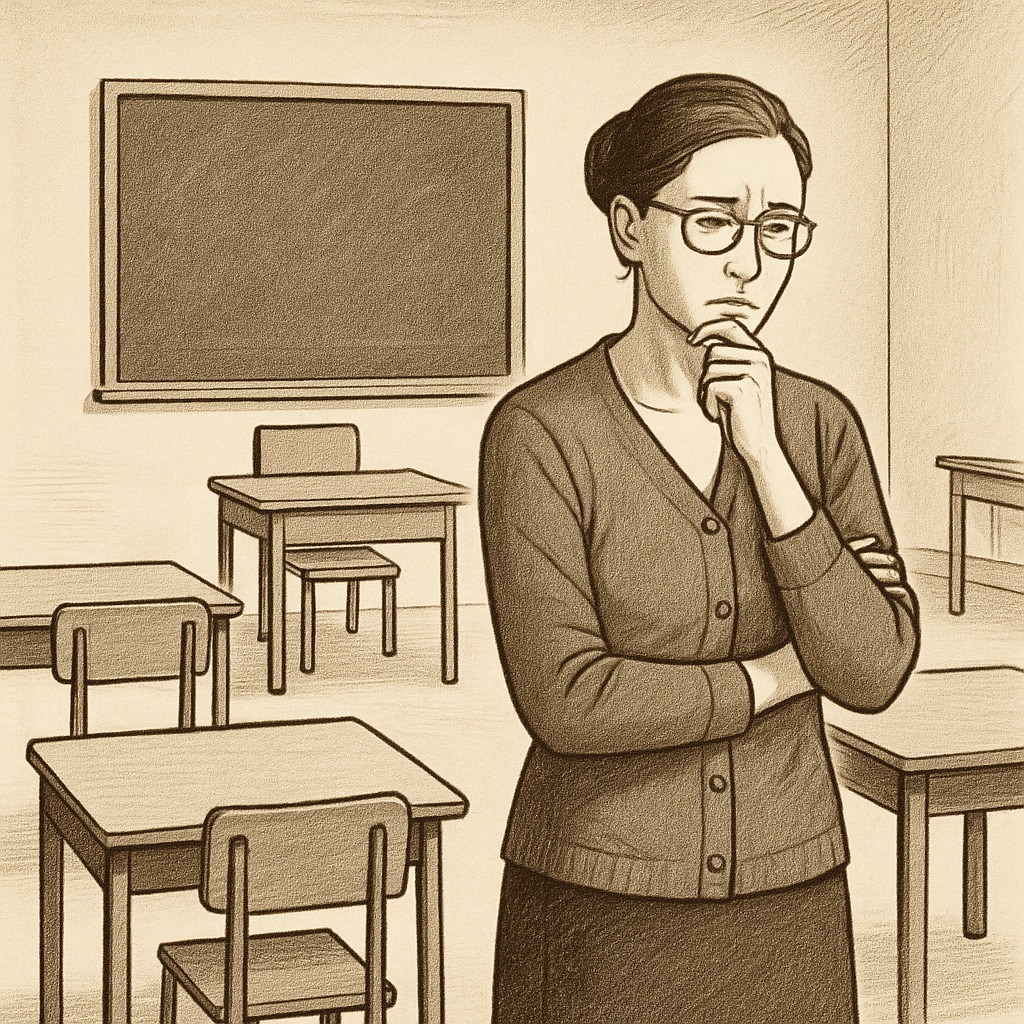At first glance, organizations like Stand For Children appear to advocate for equitable education by championing policies that promise better opportunities for students. However, beneath this surface lies a more complex and troubling narrative: the redirection of public education funds toward private institutions. This subtle yet significant policy shift has led to resource-depleted public schools, closures, and widespread teacher shortages, ultimately jeopardizing the foundation of K-12 public education.
The Privatization Agenda: A Closer Look at Education Funding
The concept of transferring public funds to private entities is not new, but its expansion into the public education system has raised alarm among educators and policymakers. While framed as a way to “improve options” for families, this privatization of education has significant consequences. Public schools—especially those in underfunded districts—are left with fewer resources to serve their students.
Organizations like Stand For Children often push for legislative changes that favor charter schools, vouchers, and other privatization mechanisms. These policies divert public funds into private institutions, including for-profit schools, at the expense of traditional public schools. According to a Britannica article on privatization, such policies often prioritize profit over public service, leading to long-term challenges for publicly funded systems.

Stand For Children’s Role in the Shift of Public Funds
Stand For Children has positioned itself as a defender of students’ rights, but critics argue that its influence has contributed to the systemic weakening of public education. The organization’s lobbying efforts frequently support the reallocation of resources to private entities. While these efforts may benefit a select group of students, they exacerbate inequality across the broader education system.
For example, by endorsing voucher programs, Stand For Children effectively channels public funds into private schools that do not adhere to the same regulations as public schools. This lack of oversight often leads to disparities in educational quality and access. As a result, public schools are forced to operate with dwindling budgets, leading to staff cuts, larger class sizes, and diminished extracurricular offerings.
In addition, the emphasis on privatization has led to a significant decline in teacher retention. When schools face budget cuts, teachers are often the first to feel the impact. Reduced salaries, fewer resources, and unstable work environments drive many educators to leave the profession altogether.

The Broader Impact on K-12 Public Education
The long-term consequences of diverting public education funds to private institutions are profound. Public schools serve as the cornerstone of many communities, providing not only education but also meals, counseling, and other essential services. When these schools close or reduce their offerings due to lack of funding, entire communities suffer.
Moreover, the privatization trend undermines the principle of equal access to quality education. Private institutions often have selective admission criteria, leaving behind the most vulnerable students—those with disabilities, language barriers, or socioeconomic challenges. This creates a two-tiered education system that deepens existing inequalities.
As noted by Wikipedia’s overview of public education, the goal of public education is to provide equitable opportunities for all students, regardless of background. The diversion of funds to private entities directly contradicts this mission.
What Can Be Done to Protect Public Education?
To address these challenges, policymakers, educators, and community members must collaborate to prioritize public education funding. Strategies include:
- Advocating for legislation that ensures public funds remain within the public school system.
- Increasing transparency and accountability for charter schools and voucher programs.
- Investing in teacher salaries and professional development to retain high-quality educators.
- Engaging communities in the decision-making process to reflect local needs and priorities.
By taking these steps, stakeholders can work to reverse the trend of privatization and restore the integrity of public education.
In conclusion, while organizations like Stand For Children may present themselves as champions of education, their policies often contribute to the erosion of public school systems. It is crucial to examine these initiatives critically and advocate for equitable funding that serves all students. Public education is not just a service—it is a fundamental right that must be preserved for future generations.
Readability guidance: This article uses short paragraphs, active voice, and clear transitions to ensure accessibility. Lists are employed to summarize key points effectively.


